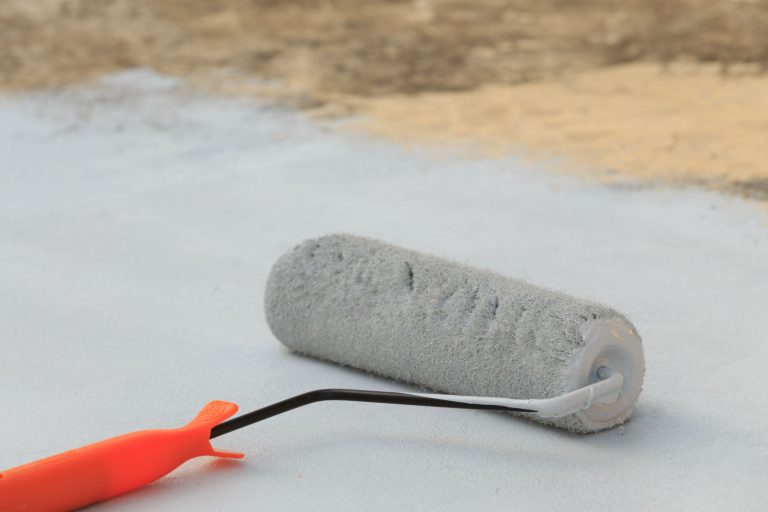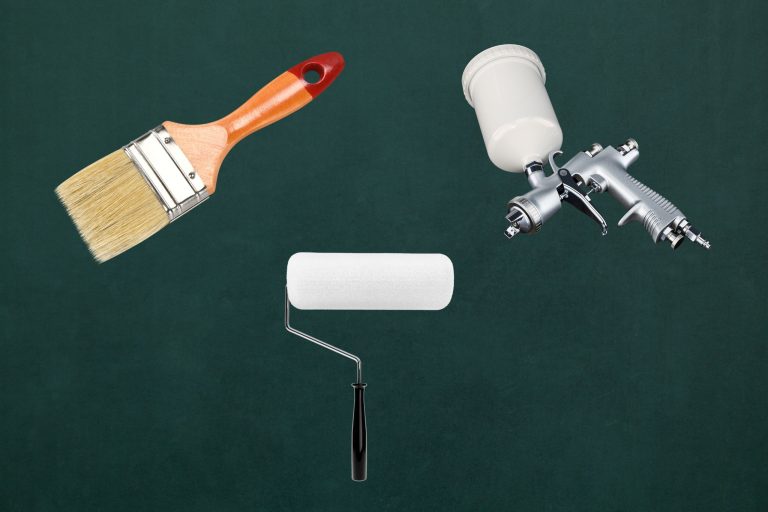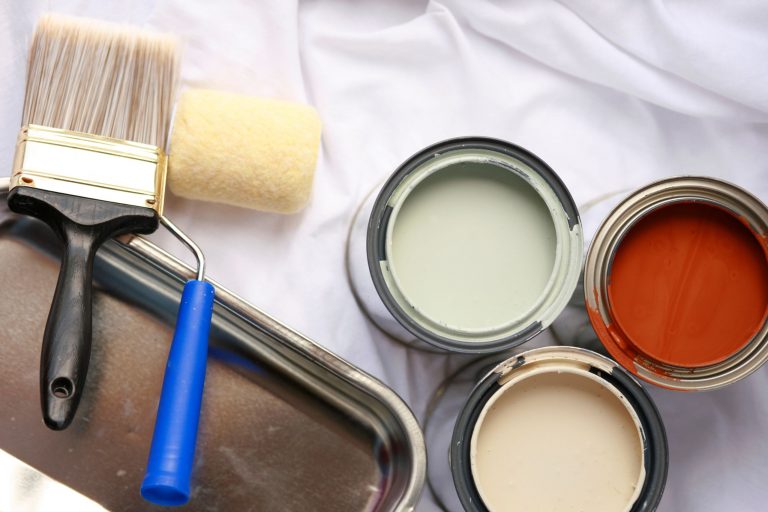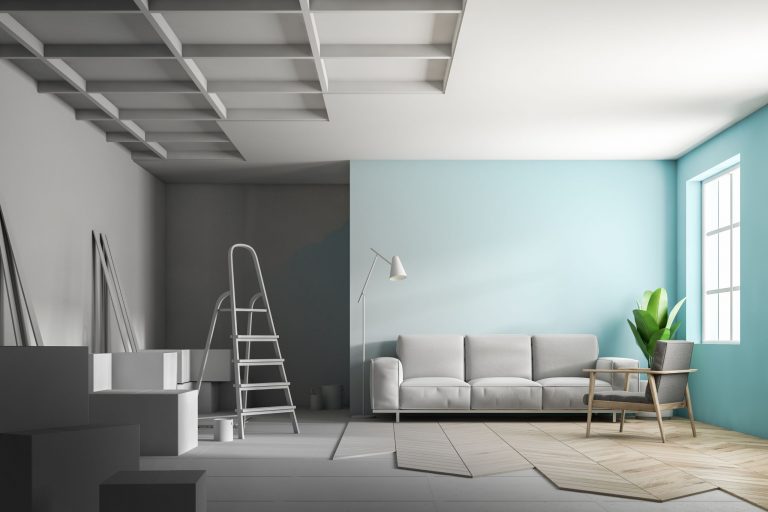
A flawless, professional finish from do-it-yourself painting tasks depends on having the correct equipment. Quality tools not only simplify the work by offering improved control and efficiency but also provide a polished appearance that accentuates the general design of any room. When painting, the equipment used can make all the difference between a rookie work and a professional one. Good brushes, rollers, and other tools will improve the painting process by guaranteeing proper paint application and adherence. Furthermore, utilizing the correct equipment reduces the possibility of errors, therefore enabling do-it-yourselfers to express their imagination free from constraint. This article will outline the must-have tools each do-it-yourself painter should have so they may boldly and deftly manage projects. Using the right tools will provide great results and a satisfying sense of accomplishment whether the accent wall is little or the whole room.
High-Quality Paint Brushes
There are great paint brushes in several shapes, each meant for a certain function. Angled brushes with their slanted bristles are best for cutting in around edges, corners, and trim work. Perfect for complex painting work, they provide precision and control. The broad, rectangular form of flat brushes allows effective coverage of flat surfaces. Painting doors gives furniture, walls, and doors a consistent, perfect surface. Round brushes with their pointed tip are flexible and ideal for delicate lines and large work including touch-ups and complicated patterns.
The right brush for the kind of paint and specific surface determines the professional result. Consistent application of a good brush with fine hairs improves paint retention and reduces the likelihood of streaks and roller marks. Moreover, the material of the brush could significantly affect the gloss; synthetic brushes work best with water-based paints whereas natural brushes shine best with oil-based paints. Choosing the correct brush enhances the painting method and aids in the creation of rather remarkable results.
Paint Rollers and Extension Poles
For both do-it-yourselfers and experts, paint rollers have transformed the painting process and provide major advantages. Unlike conventional brushes, they enable users to easily cover vast surface areas, therefore accelerating application. Design of paint rollers ensures consistent coverage, therefore enhancing the smooth finish that highlights the complete look of every painted surface. This accuracy reduces the possibility of unpolished areas and saves time as well.
Including extension poles into the paint toolbox improves the experience even in another sense. These adaptable tools let users quickly access tough regions and high ceilings, therefore saving the need for ladders. Extension poles help to ease pressure on the back and arms by increasing the reach of the paint roller, therefore improving the painting comfort. Better balance and stability allowed by users help to ensure safer and more effective use. Paint rollers paired with extension poles simplify the painting process, thereby enabling a joyful work free from the trouble involved in conventional techniques.
Painter’s Tape for Clean Edges
Anyone trying to get precise, neat lines in their painting jobs must have painter’s tape. Its main worth is its capacity to form a barrier stopping paint from flowing into undesired places, therefore guaranteeing exact finishes along baseboards, trim, and edges. This is particularly important in complex spaces where even the smallest smudge could compromise the general look of a place.
Correct use of painter’s tape ensures a strong adhesion to surfaces, thereby enabling a neat color separation. This produces an output appearing professionally that improves the paint job’s quality. The tape is designed to be simple to remove without leaving residue, therefore maintaining the integrity of the clean lines.
Whether working on walls, cabinets, or ornate molding, painter’s tape lets both do-it-yourselfers and expert painters explore strong color combinations under control of application. It serves as a safety net, giving piece of mind knowing the end products will be orderly and polished. Painter’s tape is a great tool overall that improves the painting process by allowing accuracy and inventiveness.
Drop Cloths and Plastic Sheeting for Protection
Protection of floor and furniture during any home remodeling or painting job depends on using drop cloths and plastic sheeting. These tools create a barrier that protects inadvertent spills, drips, and splatters off surfaces from destroying them. One simple action that might help homeowners prevent unpleasant stains or scratches that would otherwise demand costly repairs or complete cleaning is covering flooring with a drop cloth.
Furthermore, using these preventive steps greatly shortens the cleaning period after project completion. Workers may simply remove the drop cloths or plastic sheeting and dump any gathered trash instead of scrubbing tough stains from floor or upholstery). This not only simplifies the post-project procedure but also makes the working atmosphere more concentrated and effective.
Over time, spending money on premium drop cloths and plastic sheeting pays off as it guarantees the integrity of priceless surfaces is preserved. These protective materials provide people peace of mind so they may focus on their assignment free from the concern of creating a mess. For any do-it-yourselfer or professional trying to protect their surroundings, overall good use of drop cloths and plastic sheeting is a prudent approach.
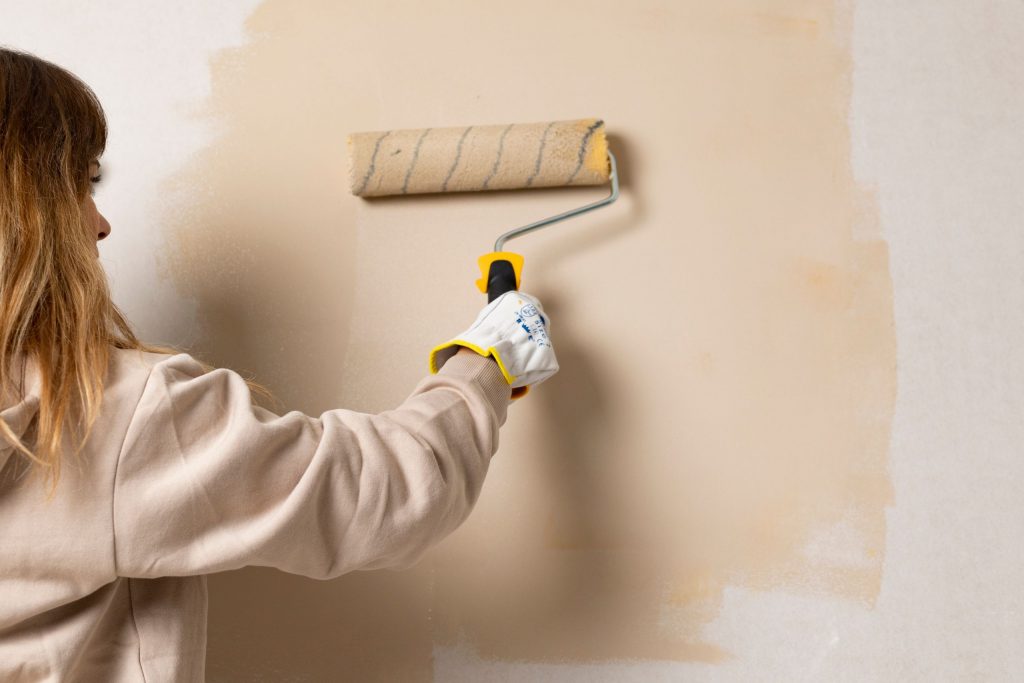
Conclusion
All told, every do-it-yourself painter should be equipped with simple tools to ensure a decent painting effort. Important tools include painter’s tape for neat edges, a strong drop cloth to protect surfaces, good brushes and rollers for smooth application, and a sturdy paint container for simple access to paint. Investing in a proper ladder may help increase reach and safety; a paint stirrer provides constant color consistency. Quality tools improve the final look in addition to streamlining the painting process, producing results that might equal professional work. Choosing strong and efficient supplies will help do-it-yourself painters easily and confidently negotiate their jobs, thus producing a rewarding and fun experience generally. Readers are advised to look at blogs focusing on tools and equipment for house painting, where they may acquire ideas, tips, and insights to better their DIY projects, therefore enhancing their expertise and discovering more resources. Making the right equipment investments not only enhances the painting experience but also helps to create beautiful surroundings expressing personal taste.

